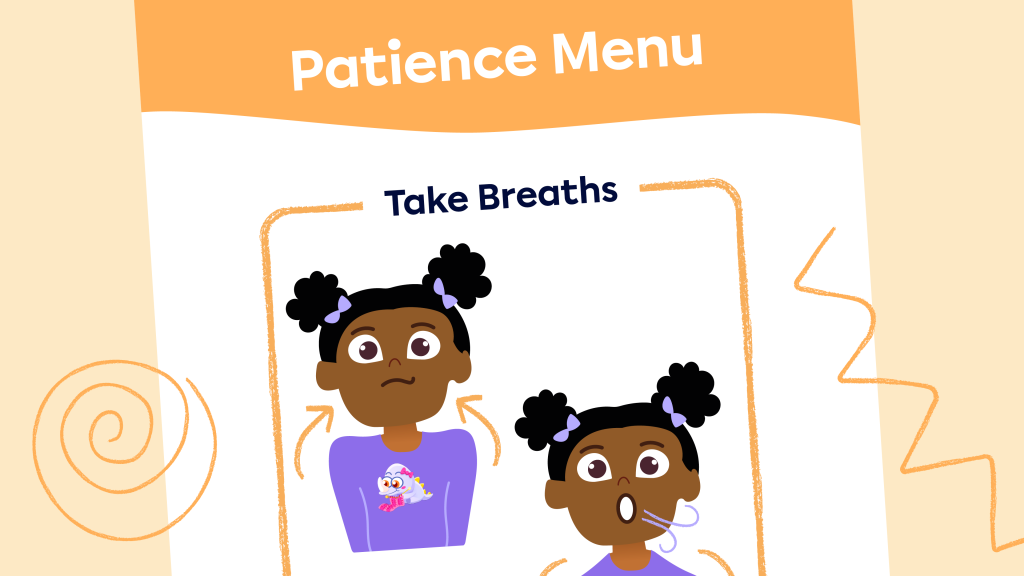
- 4 mins
MTSS Activities for Patience with Doris and Topsy Turvy

Now that winter is upon us, staff and students in schools are battling the dreaded germs that typically come with this season. That’s where Lurgee, a Sniffly Splurgee, comes in. Though Lurgee means well, he can sometimes make us sick. Teaching students the importance of hand washing to keep Lurgee away is crucial, and utilizing tiered supports is an excellent way to do this.
Research shows that the layered continuum of supports in a Multi-Tiered System of Supports (MTSS) significantly impacts student success. As Hierck (2023) clarifies, “Tiers are intended to define predictable supports that schools should proactively prepare to meet students’ needs; support structures are classified in tiers, but students are not labeled, defined, or tiered.” With this research-based framework, Moshi is releasing tiered plans for some of their most powerful and popular tracks.
When looking at specific research regarding social and behavioral skills, Otten and Tuttle (2011) emphasize the importance of first providing direct instruction of the desired skill, modeling the desired skill, and then providing opportunities for students to continue to practice, be retaught, and receive feedback for the skill.
Tier 1: Brown-Chidsey and Bickford (2016) define Tier 1 as the first level of instruction in an MTSS framework. This would include all of the academic and behavioral instruction provided to all students in a school. It is expected that 80% or more of students will be successful with Tier 1 instruction and supports alone.
Tell students that they will be listening to a story about a Sniffly Splurgee named Lurgee.
Dialogue to consider – “Today we will learn how to stay away from Lurgee, the Sniffly Splurgee. Washing our hands helps keep germs like Lurgee away so we do not get sick. Everyone gets sick at some time. Do you remember the last time you were sick? Did you sneeze, cough, or sniffle? How did your body feel?” (Pause and allow students to answer and make connections to when they were sick.) “Being sick is something that happens to all of us, but did you know there is a way to protect ourselves from germs? What do you think that would be?” (Allow students to respond.) “Washing our hands is a great way to keep germs away and help keep our bodies safe. Now, make yourselves comfy as we listen to Keep Lurgee Away.”
Invite students to spread out and find a comfortable place to relax, and then play the Moshi Moment. After the story is played, calmly bring students back together as a group. Lead them in a short class discussion around handwashing.
Utilize the Keep Lurgee Away Lesson Plan model:
Create class rules and/or expectations around handwashing:
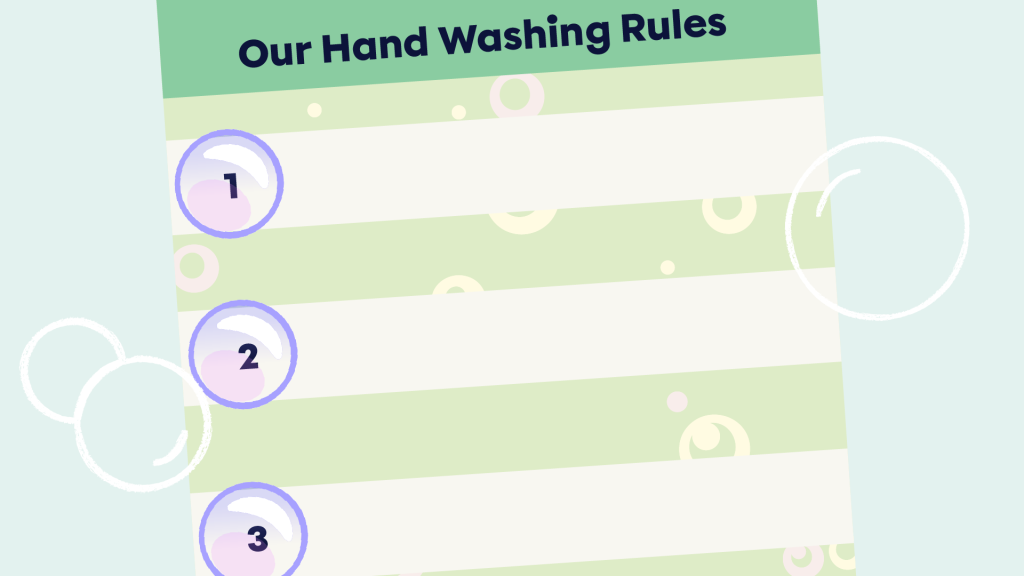
Washing hands activity:
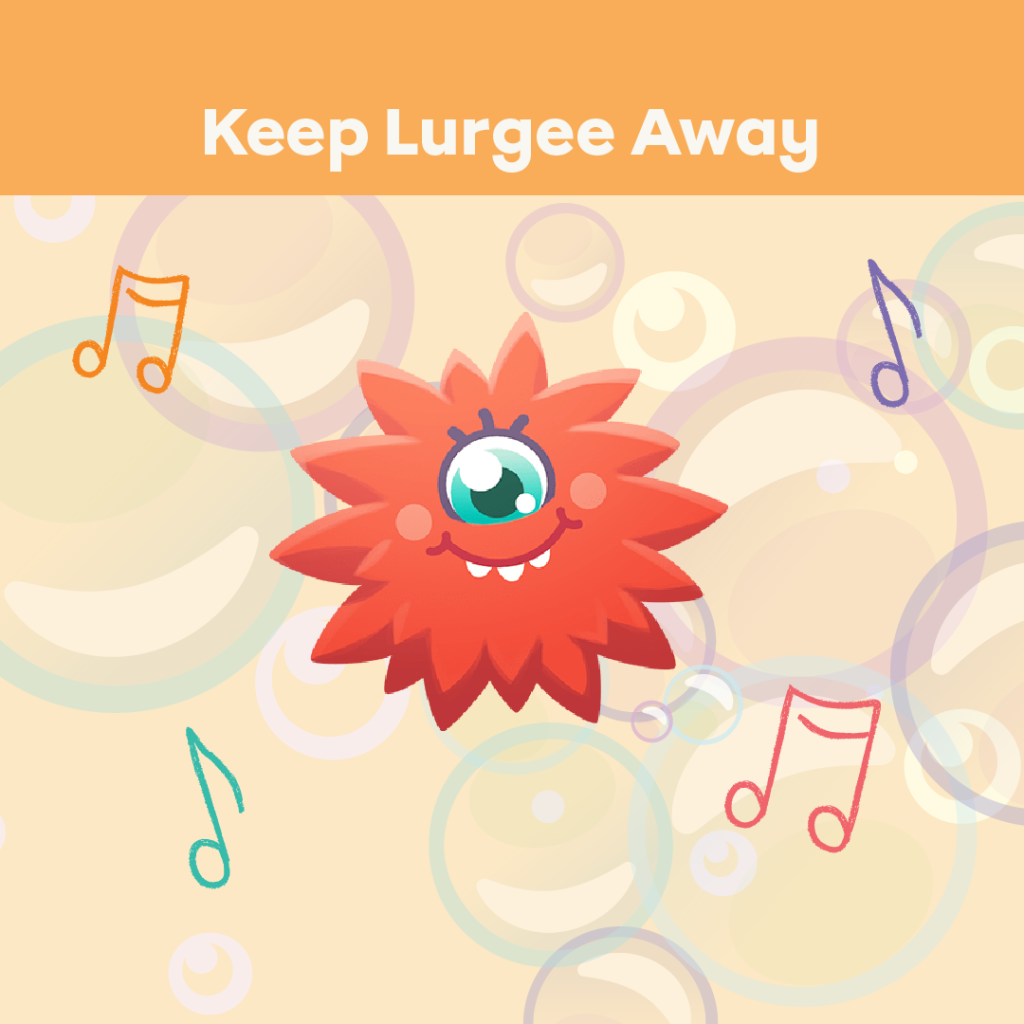
As a class, discuss the different ways that they can make sure they are washing their hands long enough. Discuss that the “Keep Lurgee Away” song suggests that they sing their favorite song or say a nursery rhyme. Explain that they can even sing the “Keep Lurgee Away” song. Hold up the Keep Lurgee Away poster that you can post by the classroom sink.
Tier 2: Brown-Chidsey and Bickford define the second level in an MTSS, Tier 2, as instruction or intervention activities that are implemented in addition to Tier 1 to allow for students to be successful. It is expected that 15% of students will be successful with Tier 2 in addition to Tier 1 (for a total of 95% student success). It is critical to understand that Tier 2 is a supplement to core Tier 1 instruction, and does not replace it (Hierck & Weber, 2023).
Direct modeling and extended practice:
Post visuals in bathrooms and near classroom sinks and provide regular practice:
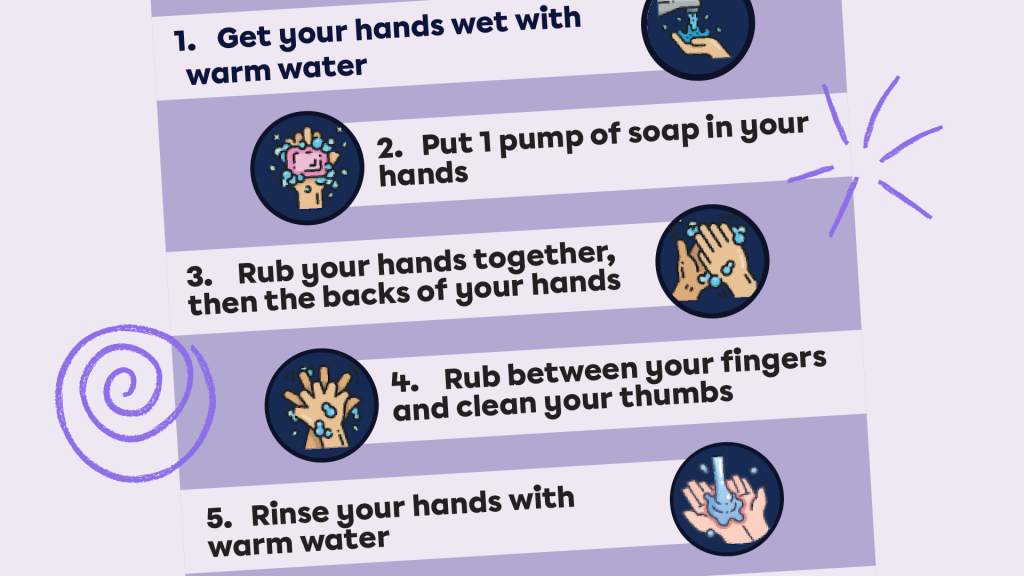
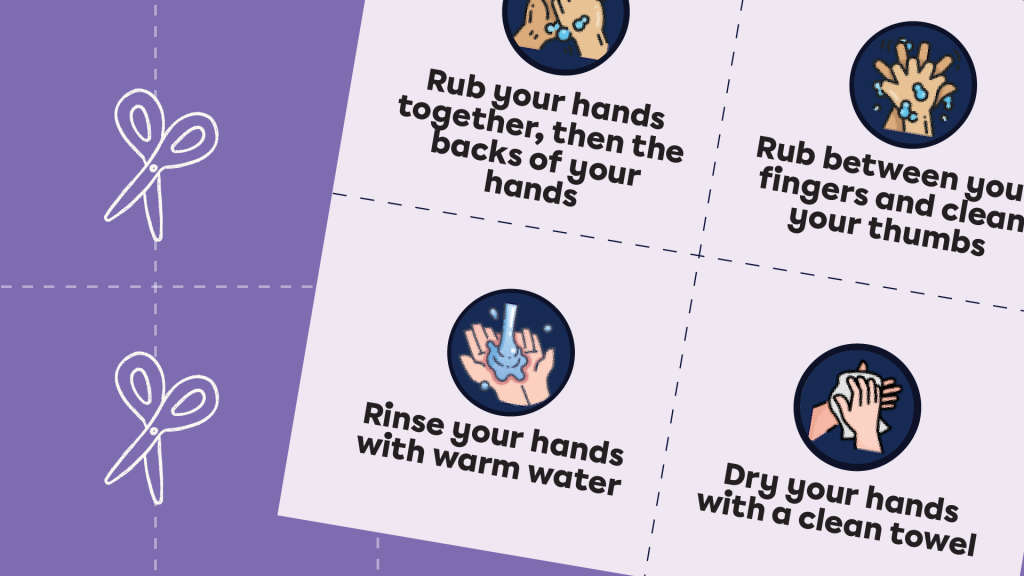
Tier 3: Brown-Chidsey and Bickford identify the third and final level in the MTSS framework, Tier 3, as including intensive and highly specialized instruction or intervention activities that are supplements to supports provided in Tiers 1 and 2. In some cases, Tier 3 interventions are provided as replacement core programs.
Provide visuals and regular practice in areas of handwashing:
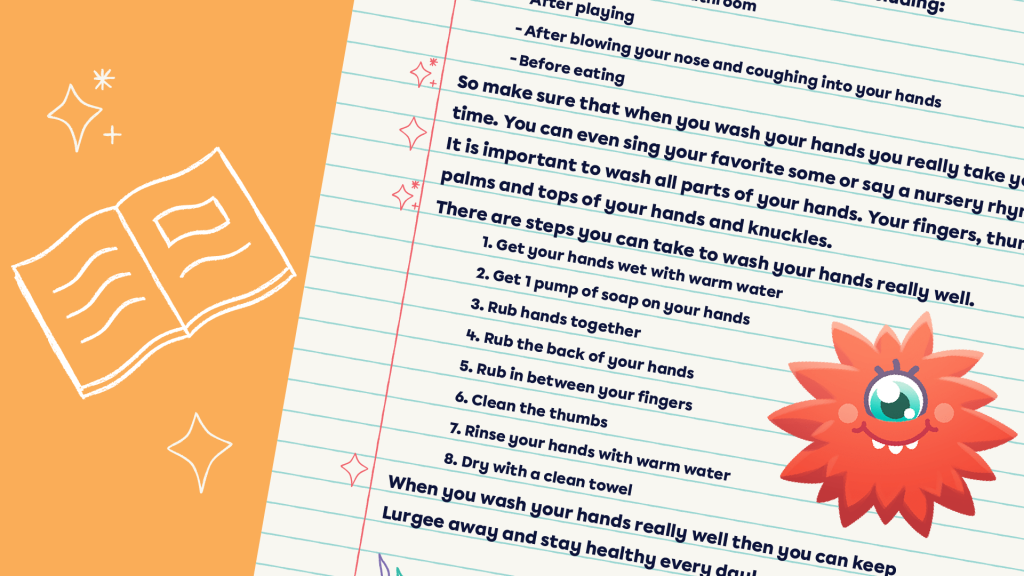
Brown-Chidsey, R., & Bickford, R. (2016). Practical Handbook of Multi-Tiered Systems of Support: Building Academic and Behavioral Success in Schools. Guilford Press.
Hierck, T., & Weber, C. (2023). The Road to Success with MTSS: A Ten-Step Process for Schools. Solution Tree Press.
Otten, K. L., & Tuttle, J. L. (2011). How to Reach and Teach Children with Challenging Behavior (K-8): Practical, Ready-to-Use Interventions That Work. Jossey-Bass.